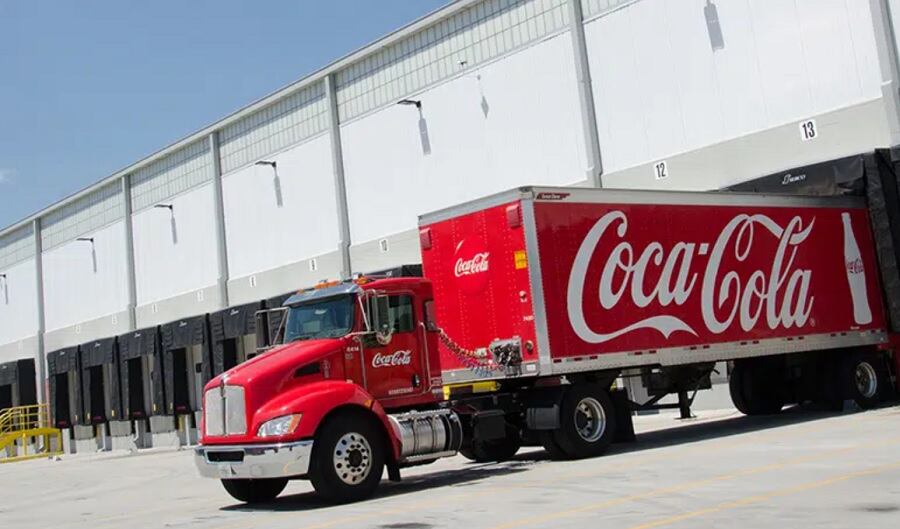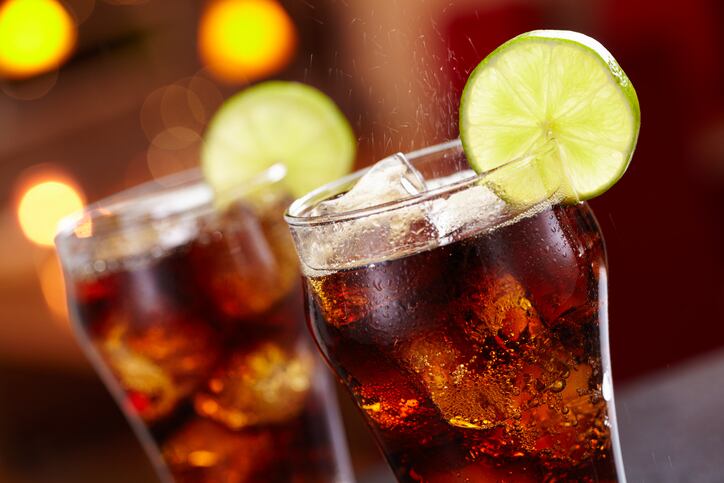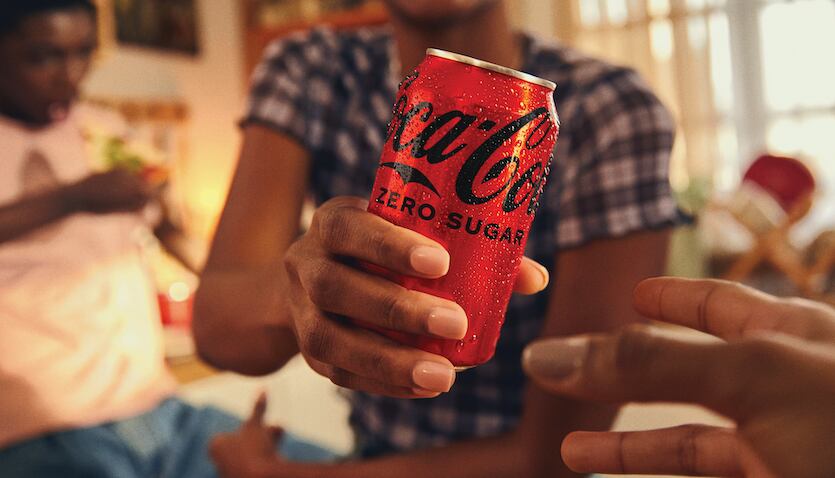Company executives told stakeholders gathered at the Consumer Analyst Group of New York’s conference this week that they are targeting an addressable market of roughly $1.3 trillion that is twice the size of the market it targeted in 2017 and more diverse.
“In 2017, we talked about an addressable market of $650bn, and the categories we competed in were the ones that you knew we competed in – so colas, sparkling, juices, energy, water, sports – those sorts of things,” CEO James Quincey said. “But now, we have begun experimenting in other categories – the hot categories, like in coffee, and some of the alcohol categories, or what we call here emerging,” which offer a “huge expanding opportunity for The Coca-Cola Co. that allows us to remain true and strong to our core … and yet expand broadly to meet the consumer wherever they want to be met.”
Quincey noted that emerging categories are the fastest growing with a predicted compound annual growth rate of 8-10% between 2023 and 2026, followed by a projected 7-9% CAGR within energy in the same period and a 5-6% predicted CAGR in both hot beverages and water/sports/coffee and tea through 2026.
Before the company can seize this opportunity, however, it needed to trim its existing portfolio to ensure sufficient resources and space on store shelves for new products, Quincey said.
“We’ve taken out roughly 400 brands” that represented only a couple percentage points of the overall sales and which were the slowest to rotate, he explained.
And while “we will always have work to do to update the portfolio to make sure it’s the one that is most consumer-centric,” Quincey said the company now has “the right strategy to bring [its portfolio] to life.”
That strategy balances on three legs: a consumer-centric approach, a higher bar for innovation and an updated marketing model.
Relentless consumer centricity
The Coca-Cola Co. firmly believes a successful product and business begins with the consumer and accurately identifying what they want, what they love and what they will buy.
And, according to the company’s research, the human insights shaping consumer trends include virtual interaction, sustainable consciousness, wellness recharge, functional benefits, premiumization and affordability and shifting demographics.
Within these categories, Quincey said, Coca-Cola is leveraging a large repository of first party data to zero in on the passion points that matter most to the consumers in any given brand in its portfolio, which on the whole includes music, gaming, sports and personalized opportunities.
A consolidated yet local marketing model delivers results
It is able to do this more effectively now than in the hey day of the 1990s when it was more flush with cash and could invest anywhere it wanted because it has updated its marketing model.
“We went from tremendously fragmented with lots of agencies to a much more coordinated, and in some parts, centralized … set of marketing partners, but with opportunities for local creativity. And we’ve used that model to start redirecting where and how we talk to consumers,” Quincey said.
The company also is leveraging partnerships, such as with influencers, and AI technology to enhance the creativity of its marketing department, Quincey said. The result is a tighter time line from idea to execution of three to six months and a 9% lift in 2022 gross profit per $1 of advertising spend.
A higher bar for innovation
The Coca-Cola Co. also has adopted a new approach to innovation that is more experimental yet stringent and action-oriented.
Quincey explained the company carefully considers possible innovations through the lens of the aforementioned human insights, including a balance of premiumization and affordability, wellness and recharge, functional benefits and sustainable consciousness.
Examples being tested include a premium version of Schwepps, energy-balancing benefits from Costa coffee products and Smart water, functional benefits from the incorporation of Body Armor and sustainability shifts that include tethered caps and label-less bottles.
“We’re starting to see the success rate we get from innovation go up over time [2x from 2019 to 2022] and see the gross profit per launch go up over time [12% from 2019 to 2022],” he said.
One of the most promising examples is of Fairlife, which Quincey said, “quite simply has been knocking it out of the park with eight years of consecutive growth.”
Not everything the company tries, succeeds, though, acknowledged Quincey. For example, he noted, “we put 27 different [alcoholic] ideas out there, and for sure they won’t all survive … but the indications of the experiments continue to give us encouragement that there is an opportunity” and to finetune the company’s approach to seize it.
Likewise, he noted, Body Armor hit “a bit of bump in the road as we integrated it last year, but there’s still huge potential” to return to growth and increased brand awareness.
Ultimately, the give and take of learning from failures to improve the chances of future innovations is how the company will continue to adapt successfully “to the crazy world that is out there,” Quincey concluded.



